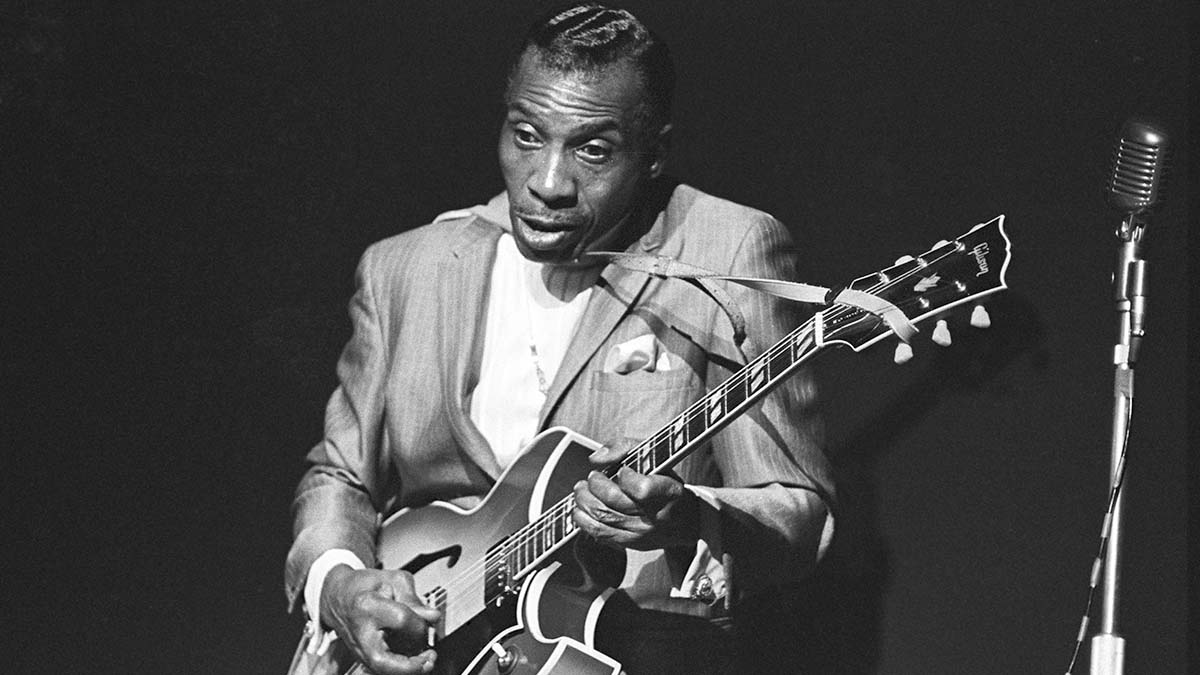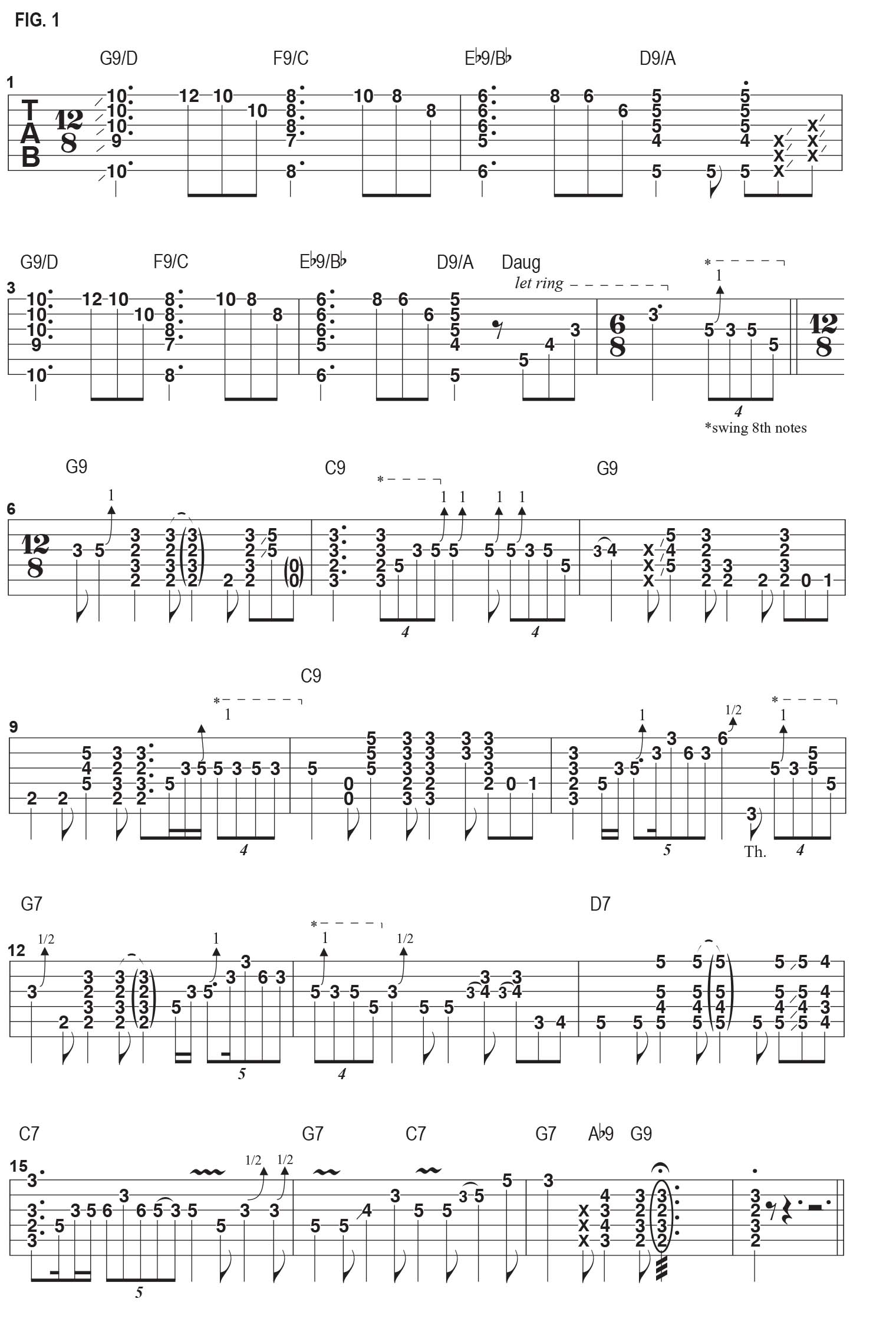Kirk Fletcher introduces you to T-Bone Walker’s legendary blues style
Incorporating elements of jazz and swing, leaving space for his vocals, Walker's style influenced generations of blues guitar players

Hello, and welcome to my new Guitar World column! It’s an honor to be here and to have this opportunity to share some of my thoughts about guitar playing and music with you all.
Aaron Thibeaux “T-Bone” Walker is rightfully regarded as one of the greatest and most influential blues guitarists of all time. He is a major influence of mine and of every blues guitarist I’ve ever known or listened to, from B.B. King, Eric Clapton, Jimi Hendrix, Stevie Ray Vaughan and beyond, and he will certainly remain a vital blues influence for every generation to come.
T-Bone Walker was the epitome of class and excellence, in both his signature original guitar playing style and his incredible singing voice. His playing incorporated elements of jazz and swing while also expressing absolute authority in his feel and touch. The way he stated his phrasing and soloing ideas was revolutionary for the time, which started in the early 1940s.
T-Bone’s most famous song is the eternal blues masterpiece (Call It) Stormy Monday, a slow blues played in the key of G. Figure 1 represents a standard 12-bar blues form, including T-Bone’s signature five-bar pickup that he often played before moving into it. In bars 1 and 2, the chord progression moves down in whole steps, from G9 to F9 to Eb9, then down one half step, to D9.
For each of these chord voicings, instead of playing the root on the 5th string, I’m playing the 5th below it, on the 6th string, so the chord names are G9/D, F9/C, Eb9/Bb and D9/A. You will hear T-Bone using this signature intro on many other slow blues songs too, such as Glamour Girl and Mean Old World.

For each of these chords, T-Bone adds the 13th on the high E string, fretted with the pinky, and uses this “upper extension” to add a simple melodic line to each chord. After moving through this descending progression twice, a D augmented chord is played at the end of bar 4, followed by a swinging line that sets up the shift to a low voicing of G9 and the beginning of the 12-bar form proper, in bar 6.
Regarding the single-note phrase in bar 5: notice that the last four notes are written as a group of four swing 8ths. You’ll see this same rhythmic notation in bars 7, 9 11 and 12. In these instances, T-Bone is superimposing a 44 feel over the 128 meter, by playing four eighth notes across the beat instead of three. And, as indicated, the notes are phrased with a swing eighths feel (“long short long short”).
In bar 15, the rhythmic freedom is pushed a little further on beat 2, with the incorporation of a “5 on 3” phrase, as five eighth notes are squeezed into the space of three.
Another signature element of T-Bone’s style is to play a diminished chord on the top four strings, such as Gdim7, voiced G, Db, E, Bb, and slightly bend the top three strings up a half step, so the chord tones sound closer to G7 (G, D, F, B) but articulated with very cool and bluesy sounding ascending bends.
Get The Pick Newsletter
All the latest guitar news, interviews, lessons, reviews, deals and more, direct to your inbox!
"Upgrading from your entry-level acoustic opens the door to an entirely new world of tonewoods, body shapes, and brands": 6 signs it's time to upgrade from your first acoustic guitar
"I'm past my prime": 5 common excuses for not learning the guitar – and 5 body and mind-boosting reasons you should









![Joe Bonamassa [left] wears a deep blue suit and polka-dotted shirt and plays his green refin Strat; the late Irish blues legend Rory Gallagher [right] screams and inflicts some punishment on his heavily worn number one Stratocaster.](https://cdn.mos.cms.futurecdn.net/cw28h7UBcTVfTLs7p7eiLe.jpg)
